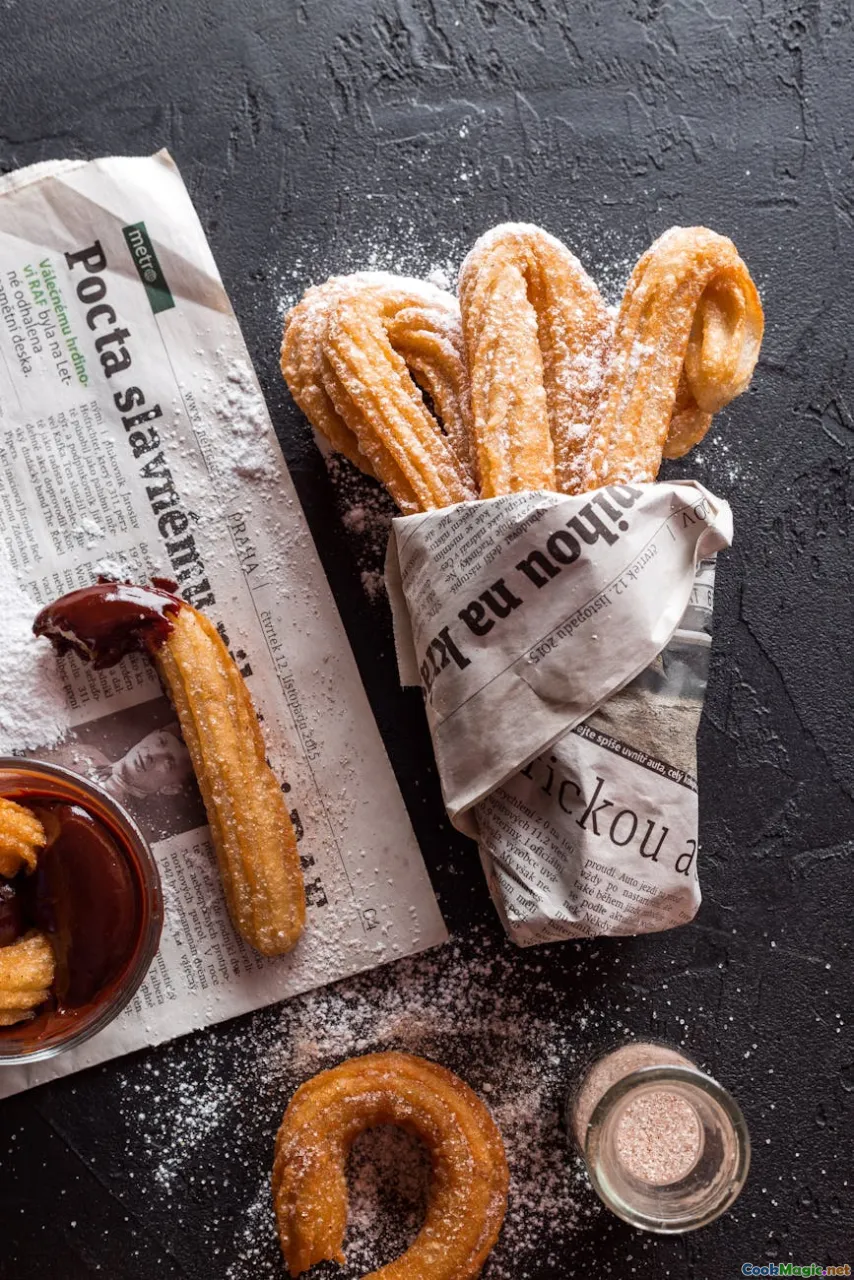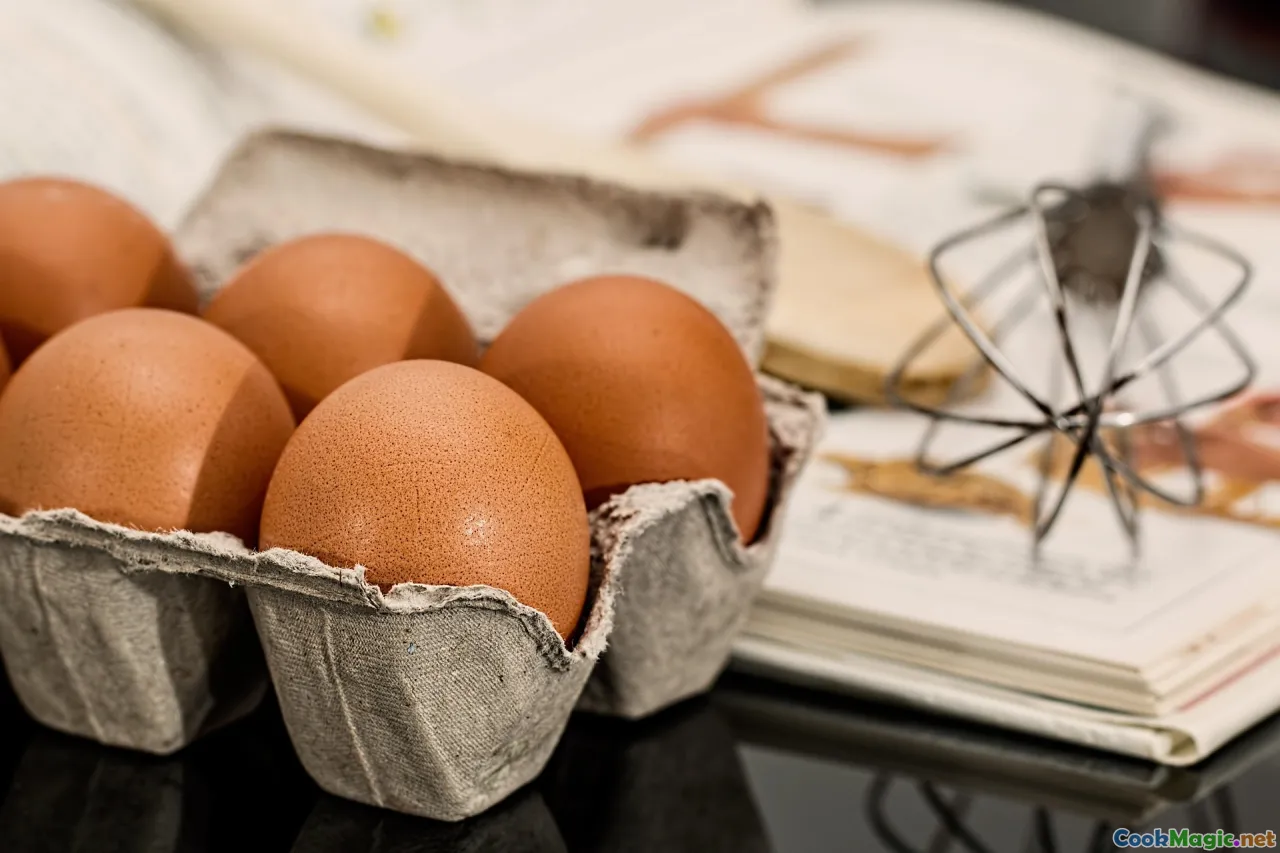Vetkoek Delights Fried Dough Beyond Sweet
12 min read Explore the versatile and savory world of Vetkoek, showcasing it beyond traditional sweet fillings in South African culinary culture. August 18, 2025 12:05
Vetkoek Delights: Fried Dough Beyond Sweet
Few comfort foods evoke the warmth, nostalgia, and communal joy like a perfectly crafted vetkoek. This South African classic, whose origins are as rich and diverse as the nation itself, transcends simple categorization—delighting not just the sweet tooth but also savory cravings and cultural appreciations. As someone who grew up in the heart of South Africa’s bustling markets and乡家庭 kitchens, I’ve come to see vetkoek as a culinary canvas—an edible expression of history, innovation, and shared memory.
In this exploration, we’ll peel back the layers of vetkoek: its roots, evolution beyond traditional sweetness, inventive recipes, and how this humble fried dough has become an emblem of South African culinary identity.
The Historical Heart of Vetkoek: More Than Just a Fried Dough
Vetkoek, which translates roughly to “fat cake” in Afrikaans, traces its lineage to indigenous and colonial influences that melded in the rich tapestry of South African culture. The concept of frying dough is ancient and widespread—pops in Europe, Asia, and the Middle East bear similar traditions—but vetkoek’s unique adaptation in South Africa—using farm-fresh ingredients, indigenous flavors, and local techniques—gives it a distinct identity.
Historically, vetkoek was a hearty, portable snack for farm workers, miners, and traders. It served as an affordable, energy-rich bite to fuel long days and laborious tasks. Over generations, the dish evolved from humble street fare into a beloved cultural dish served during celebrations, markets, and family gatherings.
Today, vetkoek embodies more than sustenance; it’s a symbol that unites communities, preserves tradition, and invites culinary experimentation.
Classic Vetkoek: The Heartbeat of South African Cuisine
The traditional vetkoek features a fluffy, golden exterior encasing a soft, slightly chewy interior. Typically made from a simple leavened dough—unstated flour, sugar, yeast, and warm water—the dough is kneaded until elastic, then allowed to rise. Upon frying, the dough deepens to a perfect caramel hue, dusted with a sprinkle of sugar or served alongside savory accompaniments.
The aroma alone—warm, yeasty, slightly sweet—permeates bustling street markets and family kitchens alike, drawing in hungry patrons. When bitten, you’re met with a satisfyingly crisp crust giving way to a tender, airy core. The texture strikes a harmonious balance between chewy and flaky—an ode to years of traditional craftsmanship.
A classic serving might include a generous scoop of homemade chutney, spicy mincemeat, or simply dusted with powdered sugar. But as the dish’s popularity grew, inventive cooks began to explore beyond these conventions.
Beyond the Sweet: Savory Vetkoek’s Rise in South African Cuisine
While sweetness remains a staple—often enjoyed with syrup or jam—savory fillings have taken vetkoek into exciting new culinary territories. Chefs and home cooks alike have discovered that this fried dough acts as a versatile vessel for flavors ranging from spicy to hearty.
Classic Savory Fillings
• Minced Beef or Lamb: Slow-cooked with onions, garlic, cumin, and chili, then stuffed or served alongside. • Chicken Rendang: Fragrant, spiced chicken curry nestled within the fluffy embrace of a deep-fried dough. • Bundu Beans and Chakalaka: Spicy vegetable relish blending peppers, onions, and tomatoes, perfect as a topping.
Modern Creative Variations
• Moussaka-inspired Vetkoek: Layers of eggplant, spiced ground meat, and béchamel encased in gilded dough. • Vegetarian Fiesta: Roasted vegetables and feta cheese, creating a medley of textures and flavors. • Seafood Delites: Small portions of oven-roasted peri-peri grilled prawns nestled inside.
Tips for Mastering Savory Vetkoek
- Use a neutral oil like sunflower or canola with a high smoke point to achieve the perfect crispness.
- Let the dough double in size before frying for fluffy results.
- Experiment with spice blends reflecting local flavors—curry powder, peri-peri, or smoky paprika can add depth.
The Art of Frying: Technique and Tradition
Frying is both a science and an art in authentic vetkoek making. The key lies in temperature control, dough consistency, and frying time to achieve that desired crispy exterior and soft interior.
Step-by-Step Frying Technique
- Dough Preparation: Ensure the dough is elastic but not sticky. A slightly tacky dough helps in shaping.
- Resting and Proofing: Allow it to rise until doubled—the fermentation improves texture and flavor.
- Shaping: Pinch off small balls and flatten gently if stuffing, or leave round for classic style.
- Frying: Heat oil to about 180°C (356°F). Carefully drop the dough into the oil—listen for gentle bubbling.
- Frying Time: 3–5 minutes per batch, turning to get an even golden crust.
- Draining: Remove and drain on paper towels to remove excess oil.
Pro Tips
- Use a thermometer for accurate oil temperature.
- Avoid overcrowding the pan to maintain consistent heat.
- Test-fry a small piece first to check doneness.
Places to Experience the Best Vetkoek
While homemade vetkoek offers the comforting joy of personalization, some of the world’s best are found in traditional eateries, bustling markets, and food festivals across South Africa:
- Johannesburg’s Neighbourgoods Market: Known for artisanal and fusion vetkoek fillings, blending tradition with innovation.
- Cape Town’s Oranjezicht City Farm Market: Offers organic ingredients and inventive takes.
- Pretoria’s Mamelodi Market: Authentic street vendor stalls that have served generations.
- Local bakeries: Many small-town South African bakeries have perfected old recipes—seek out bakeries in small towns for a true taste.
Trying vetkoek at these destinations immerses you not just in flavors, but in stories—each bite a link to community, history, and joy.
Experimenting in Your Own Kitchen: Tips for Success
For culinary adventurers eager to bring vetkoek into your own kitchen, here are essential tips:
- Dough Consistency: It should be soft, elastic, and only slightly sticky. Use a little extra flour if sticky.
- Flavor Enhancements: Incorporate herbs like coriander or cumin into the dough for an extra layer.
- Filling Creativity: Play with local ingredients—try peri-peri chicken, boerewors, or spicy lentil curry.
- Presentation: Serve hot, garnished with fresh herbs, or cut open to reveal a colorful filling.
Quick Fix for Busy Kitchens
If time is limited, prepare the dough ahead of time and keep it refrigerated. Smaller dough balls fry faster and develop a more uniform golden color.
The Cultural Significance and Global Influence
Vetkoek’s journey from traditional South African street fare to global culinary curiosity reflects the adaptability of cultural identity through food. Chefs around the world experiment with fried dough—think of New York’s American donuts or Italy’s zeppole—but vetkoek maintains a unique South African soul.
This dish embodies a beautiful paradox: simple ingredients transformed by technique and tradition into something capable of uniting diverse communities. It’s an edible story—a piece of history made of flour, water, oil, and endless imagination.
In recent years, food festivals showcasing South Africa’s multiculturalism feature vetkoek alongside biltong, bunny chow, and sosatie. Each iteration serves as an ambassador of cultural pride and culinary innovation. The future of vetkoek involves continued experimentation—think vegan options, gluten-free versions, and global flavor fusions—all echoing an enduring truth: sometimes, the simplest foods tell the most profound stories.
As you explore the world of vetkoek beyond its sweet origins, remember that every crispy shell and every savory filling is a celebration—a celebration of flavors, heritage, and the universal pleasure of sharing food.
Bake, fry, fill, and share—and let the humble vetkoek remind us that the most enduring dishes are those layered with history, crafted with love, and open to eternal transformation. In each bite, a little piece of South Africa cooks itself into your soul.
















